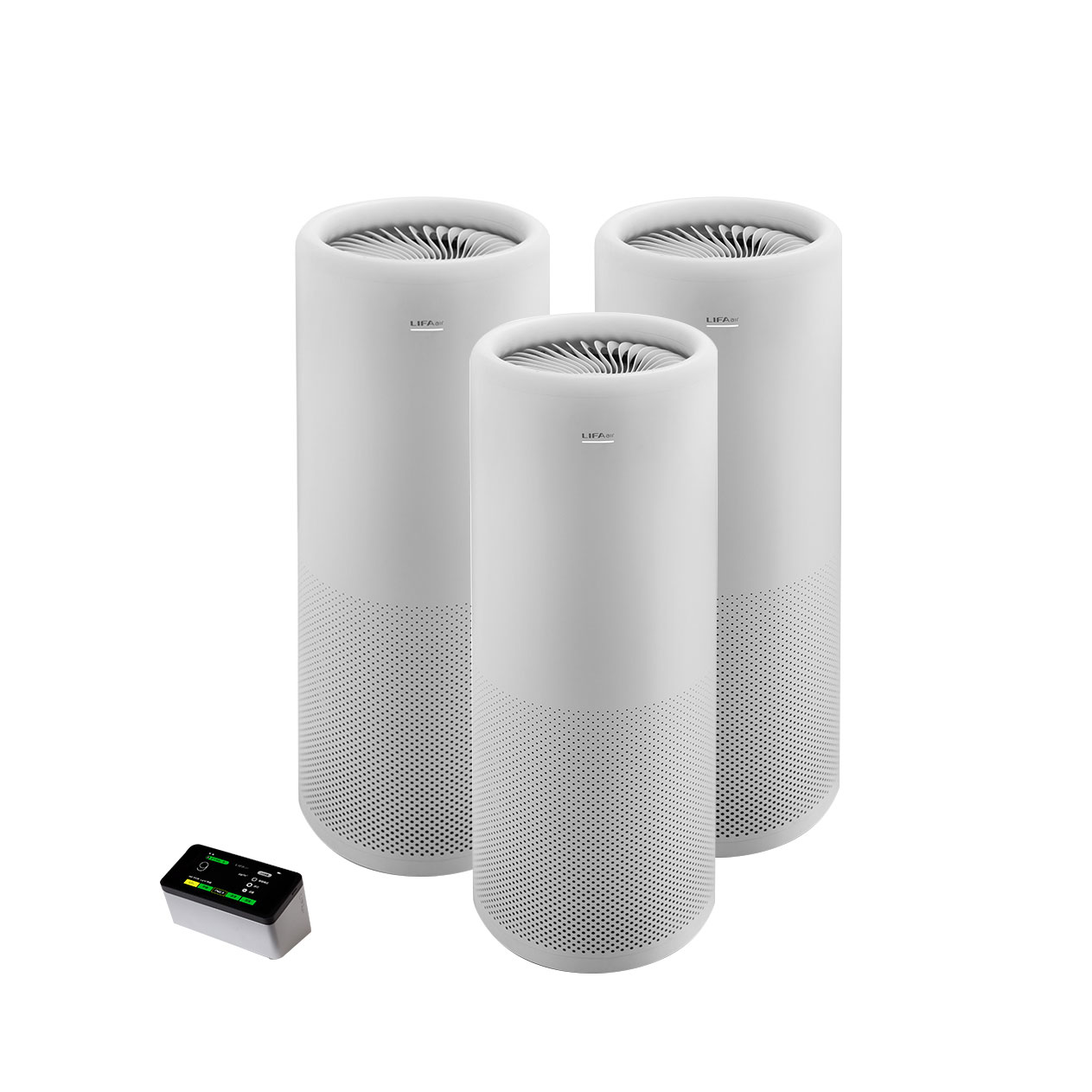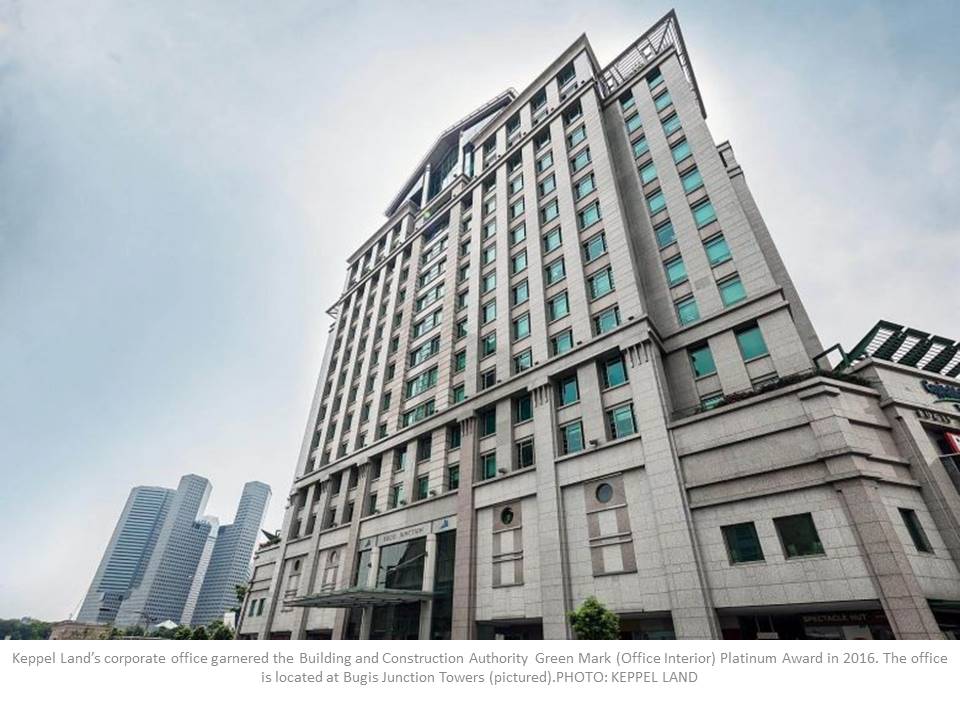

The study was conducted by BCA and the National University of Singapore on eight Green Mark-certified office buildings - which have environmentally sustainable designs - and six office buildings that were not certified. The Green Mark scheme is a voluntary benchmarking scheme used by BCA to evaluate a building on its environmental design and performance.
The study's findings were revealed at the opening of Green Building Week at Marina Bay Sands Expo and Convention Centre.
The study, which began in January 2014 and lasted 3½ years, found disparities in the buildings' indoor levels of PM2.5 - microscopic particles harmful to human health.
The Green Mark-certified buildings were better able keep PM2.5 particles and other fine particulates such as bacteria and fungi out, thanks to better filters.
Surveys conducted with the occupants found that those working in Green Mark-certified buildings were more satisfied with their office's temperature, humidity, lighting, air quality and indoor environment, the BCA said.
"As a building authority, we started the green building journey by focusing on the building's hardware, and how to make a building efficient by design and construction," a spokesman for BCA said.
"Ultimately, buildings are for people. As we reviewed our Green Mark scheme, we placed greater emphasis on the indoor environmental quality, to take into consideration the health and well-being of building occupants."
The study's findings will be used to tweak existing criteria for BCA's Green Mark schemes for various types of properties, ranging from shopping malls to schools.
For a start, it will pilot a new set of criteria for existing non-residential buildings, such as office buildings and shopping malls, for one year, starting on Tuesday.
This will place greater emphasis on the use of smart technologies, for instance, which will require buildings to have smart systems to monitor air quality and energy usage.
The BCA is also working with the Health Promotion Board to develop a new Green Mark scheme for encouraging healthy lifestyles at workplaces, with features such as indoor greenery, exercise facilities and access to healthier food and drink options. The scheme will be rolled out next year.
Currently, about one-third of buildings in Singapore are Green Mark-certified. The BCA aims to increase that to 80 per cent by 2030.
It hopes that sharing data on the benefits gained from incorporating environmentally sustainable features into buildings would spur more building owners, especially those with older buildings, to invest in green upgrades.
This week, BCA will, for the first time, link the names of three-quarters of Singapore's commercial buildings, which number about 1,000, with data on their energy performance. The buildings - which consume 65 per cent of the total amount of energy consumed by buildings - voluntarily disclosed their identities.
The BCA said it is considering making it mandatory for such data to be linked to the identities of commercial buildings.
It added that the energy use intensity - the yearly total energy consumed per unit floor area - for commercial buildings, healthcare facilities and educational institutions has dropped by 9 per cent from 2008 levels, saving enough electricity to power some 150,000 four-room flats. This is equivalent to $150 million in cost savings.
The BCA said it is also working with the Ministry of Education to make all mainstream schools, which number at more than 300, Green Mark-certified, an increase from the current 30. It also aims to train 25,000 green building professionals, such as architects and engineers, by 2025, up from the current 16,000 already trained.